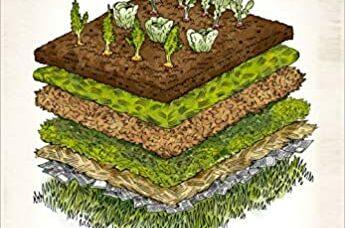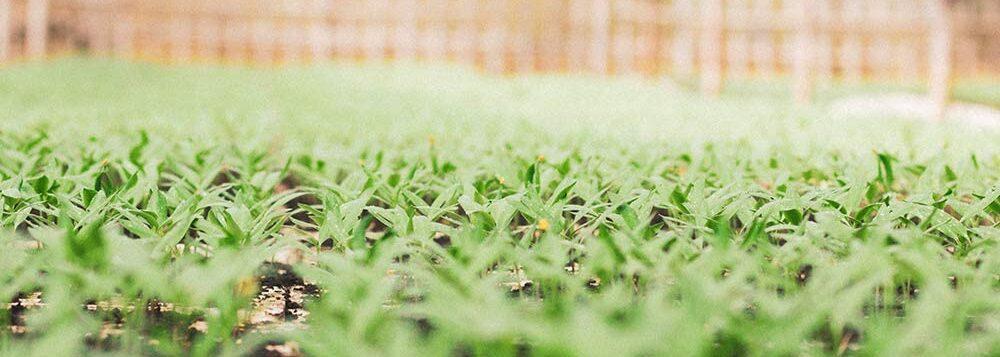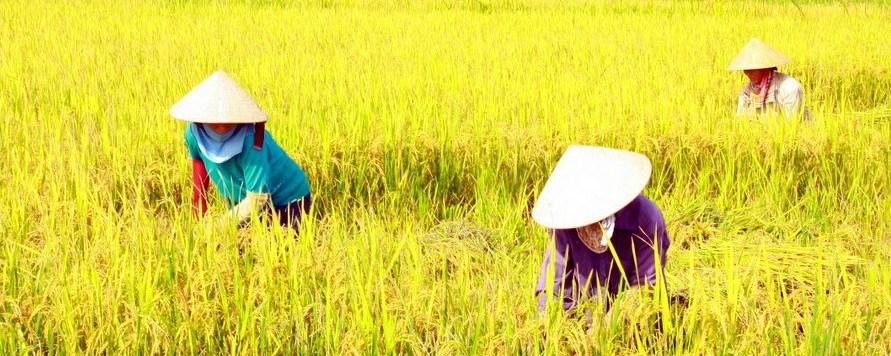Love your soil, love your garden.

Healthy soil means a healthy garden
We need to foster healthy, productive soil as gardeners, and composting kitchen and garden waste is critical to establishing a great garden.
Compost, compost, compost, whether you’re adding it to help with growth or water-holding capacity. You will struggle in the garden unless you understand the necessity of establishing good soil.
Compost isn’t Fertilizer
When decomposed organic matter is put into the garden, it enhances soil structure and promotes the growth and development of your little green friends.
It accomplishes this by increasing the availability of nutrients and water to plants while also creating a living soil that is home to all of the critical organisms responsible for converting human trash into magnificent soil.
Composting is a simple process.
Basically, combine your greens and browns in nearly equal amounts. Green denotes nitrogen-rich resources such as new grass clippings or lettuce plants that are ready to expire. Alternatively, any fruit and vegetable skins and peels that you have discarded from cooking or eating.
Layering and getting it right.
Do not combine all of your greens, or a large amount of any single ingredient, into one large lump. Layer it and mix things up. A handful or two of shredded paper, followed by a sprinkling of soil, can also be used.
If composting isn’t happening quickly enough, you’ll know the balance is off. Then add some green nitrogen-rich material. However, if there is a foul odor or insects, add some brown stuff like soil.
Starting a Compost Pile.

Norman is a friend of mine who lives down Florida way. He, like me, is crazy about gardening and I strongly recommend you check out his website. Here is something he has written about starting a compost pile. Take the time and look at his website today. I promise you it is worth the time and effort.
You can look here at “How to create a compost pile“
Your Animal Friends.
A compost pile may pique the interest of animals. A shovelful of soil, some dry leaves, or shredded paper on top of food waste acts as a deterrent, and compost tumblers are the most animal-proof technology available.
Getting it right. Do not add everything.
Composting can be done with any organic waste, although certain elements should be avoided in home composting systems.
Meat, dairy, eggs, and greasy foods should not be included. Manure from farm animals such as chickens and cows are OK, but not from meat-eating domestic pets.
Coffee grounds are OK, but they are classified as greens even though they are brown they are rich in Nitrogen.
Although eggshells and fish bones are neither green nor brown, they are mineral-rich and can be added to the composting diet.
Do not add any re-sprouting plants or weeds. Nothing is more irritating than having to de-weed your compost pile.
Uncoated paper, such as newsprint, junk mail, or computer paper, can be composted, but you must first break it up. Finally, there is something constructive we can do with all that junk advertising.
Key Ingredients for success
Air and just the right amount of moisture are also required to induce those bacteria to work overtime. The heat comes from the sun and is your biggest friend in composting, but don’t overdo it.
Avoid putting your compost in a dark or shaded area, and keep it in a sunny, but not a scorching location.
Water your compost lightly with the hose during periods of little or no rain. Do this and you will get some lovely compost to help your little green friends grow up strong and healthy.
Different strokes for different gardeners
Do you live in an apartment but are still an avid gardener, don’t despair. Tumblers may work for you.
The tumbler is ideal for urban gardens or small spaces. The disadvantage is that you can’t just keep adding new material because you’ll never be able to harvest any compost.
Add material and tumble it, then add more and tumble it again, but you must tumble for a few weeks without adding any more material. Nothing, zilch, nada, nothing at all. Then harvest that beautiful compost.
Get two tumblers if you want to keep adding and getting additional compost. Fill one tumbler, start tumbling, then repeat with the second tumbler.


The bigger Garden Composter
Composting can be done in a pit. You don’t need to buy anything; simply dig a hole and work with it. You may save money while getting the soil of your dreams.
Choose a location where you may dig three pits or ditches of equal size next to each other. Begin with one that is approximately four by four feet and two feet deep.
Begin by adding food scraps, dried leaves, and soil, followed by shredded paper and soil, and so on.
Continue with green, brown, soil; green, brown, soil; green, brown, soil; green, brown, soil.
The wait and effort will be well worth it in the end.
But this will make it easy, if you have the cash you don’t need the lash or any back-breaking work.


- Huge 240 gal. capacity
- Very large top opening – 2 lids with wind “locks
- Two large bottom doors for easy removal of compost
- The newest technology in composter materials – made from Thermolen plastics blended with recycled plastics. (Slightly different from the picture)
I don’t dig Digging.
If you’re like me and hate digging holes, pile everything in an open heap. Better yet, use sheet composting or sheet mulching.
Sheet composting has been dubbed “lasagna gardening” in recent years, although it’s an old practice based on how trees’ leaves fall and disintegrate slowly into the soil.
Place the biodegradable material in existing or new beds or on top of a piece of plastic. This also will help keep the temperature up. You may also want to cover your “pile” with canvas or plastic to stop animals or rain from washing it away.
Remember alternate those greens and browns once more. Layer like your compost life depends on it because it does.

Your Compost is Ready.
Demand for compost will outstrip supply unless you have a very large garden and a very large system.
“I’m picky about which plants get compost,” I cover the root region of each of my plants with an inch of compost, whether they are flowers or veggies.
This aids in the production of a wide range of bright flowers as well as a plentiful supply of vegetables.
The small amount of effort in producing amazing compost will transform your garden into one that is the envy of your gardening friends.
Who Am I?
My name is Stephen and I am, unashamedly, a gardening junkie. I love the feel of soil running through my fingers, and the pleasure of eating a BBQ outside is one of my life’s greatest joys. Paradise is what we build for ourselves and I hope this helps make your garden a paradise too.
Leave a comment about how you compost.





Thanks for the wonderful post packed with information about making compost. My father was a very knowledgeable gardener as gardening was his trade. So, compost is something I was always aware of but I never got to understand the methods of how it was made. Therefore, it is great to read your article and learn the correct methods and what can, and cannot go into compost.
I was surprised when I read that compost is not a fertilizer. II always thought it was used to fertilize the soil. So having just read your article, I’ve learned that fertilizer and compost are not one and the same. However, it’s good to learn from this article that composting is simple as I thought it was complicated as in getting balance right!
I was interested to see the different compost containers, referred to as ‘composters’. In times gone by they were just referred to as compost bins. Now, with the different size containers such as the Apartment Composter and the Bigger Garden Composter, it must help towards keeping a garden well organized.
I also like your advice about alternating the greens and the browns when composting. Excellent advice.
This article is one that I believe all gardeners should know about, certainly those gardeners just starting out with little knowledge of how to make compost.
Thank you Valerie,
I am happy you liked my article about compost. I am a bit weird about my gardening. I love getting out in the garden at any time in the day and it gives me a great amount of joy as well.
I sometimes get a bit carried away with my enthusiasm, so am happy to find like minded people.
Many thanks.
Stephen